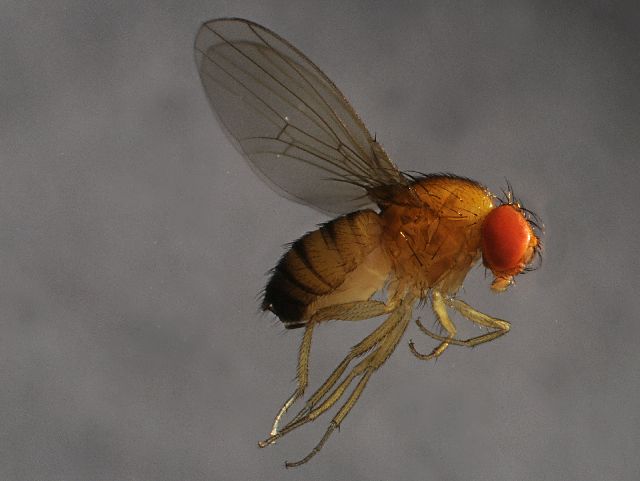
Spotted Wing Drosophila
About
Spotted Wing Drosophila (SWD), Drosophila suzukii, also known as the cherry vinegar fruit fly, is an invasive pest that feeds on soft fruit. It is known to feed on a wide variety of fruit.
Biology
These flies are tiny and only measure about 2 mm to 3.5 mm.
These flies overwinter as adults. During the spring and summer months, female SWDs will find ripe fruit to lay their eggs under the skin.
The larvae will then feed on the fruit until they become adults eight or nine days later.
Preferred Hosts
SWD prefers to feed on thin-skinned, soft fruit trees. They are most devastating to raspberries, blackberries, grapes, cherries (both sweet and tart), blueberries, peaches, and elderberries.
What to Watch Out For
When the female lays its eggs, a bacterium known as Acetobacter may be introduced to the fruit, causing it to rot.
Look out for fruit that has brown or sunken areas, as this is a sign larvae are feeding on the fruit.
To test for a suspected infection, dunk a crushed sample of fruit in some water mixed with salt to see if larvae appear in the water.
Economic Impact
SWD originated in Southeast Asia and is invasive to North America. It was first found in Hawaii in 1980 and is now found in most temperate regions of the U.S.
These flies have cost the U.S. more than $500 million in damages to fruit.

| Kingdom: | |
| Phylum: | |
| Class: | |
| Order: | |
| Family: | |
| Genus: | |
| Subgenus: | |
| Species group: | |
| Species subgroup: | |
| Species: | D. suzukii |
| Binomial name | |
|---|---|
| Drosophila suzukii (Matsumura, 1931)[1] | |



